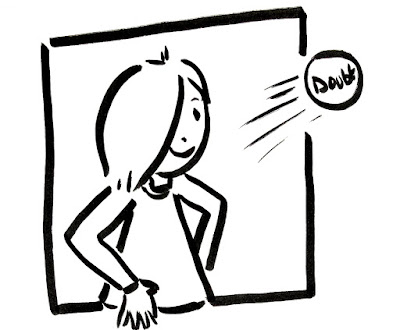The next map I saw was when I was in my mid-teens was of One Hundred Acre Wood by E.H. Shepard. I loved it for its intricacy and pen-man ship, but it was a bit of a shock, as I already had seen it in bright Disney animation, with Poo jumping between the pages, the original is however much more intriguing and inviting, which is probably why the original fetched £430,000 at auction in 2018!
When I was at school I was good at both geography and art (both of which I went on to study at degree) so of course everyone put two and two together and thought I should pursue a career in cartography of course none one took into account my bad sense of direction, or the fact I didn’t know (and still don’t) my left from my right. However how that I’m writing and world building, I find map-making hugely helpful.
‘I wisely started with a map and made the story fit,’
J. R. R. Tolkien, 1954
Unlike the very wise Mr Tolkien, I usually start with a story, then when it all starts to get complicated, I put pen to paper and draw a map, (and characters and landscapes). But the map is probably the most helpful, and the only thing you can’t get anywhere else, unlike characters, where you can get photographs from the internet (or like Roald Dahl did, keep a stock of photos cut out from magazines and newspapers.)
I have tried my hand at cartography for a few of my books, one a sci-fi fantasy YA, it was more of a drawing of planets and more recently I have tried my hand at a more traditional map for my WIP mammoth book, of both the geographical area and the main complex. It is so helpful to actually see where everything is in realisation to each other, and for unlocking key aspects of plot. Of course some writers like Terry Pratchett can keep it all in their heads, and never make a mistake, but for me I need to see it to really write it.
One thing I have discovered is that although I’m an artist by training (one thing I can do is draw!) Sadly my maps aren’t spectacular. In comparison however my 15 year old son, is a very talented map-maker. He had previously been commissioned to draw maps for peoples Dungeons and Dragons quests, and his world building is fantastic. He starts with maps, and then works on the biomes, eco-systems, faunas, flora, cultures, histories, cuisine, fashion, languages and mythologies. All these things are rooted and inspired by the original map and type of biome he’s created. I am in no way envious of his commitment or talent honest!
In fact I think maps are an essential part of world building – just as much as mind-maps as an essential part of plotting. Like Tolkien’s map of Bilbo journey ‘there and back again’ in The Hobbit helped me enter Middle Earth, creating map helps me enter the world and experience it, and even envision the environment , making it easier to describe but crucially see how the biome will influence the plot .
So if you haven’t tried drawing a map yet, I totally encourage you to do so, it really doesn’t matter about how well you draw (after all Tolkien wasn’t a great artist and his maps are possibly the most famous in fiction!) If you need any more encouragement I suggest you have a look at the beautiful celebration of fictional maps, in the lovely book The Writers Map edited by Huw Lewis-Jones, that explores fictional maps, and how to create them.




















